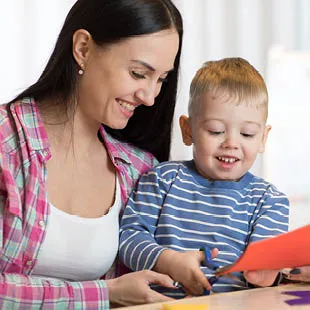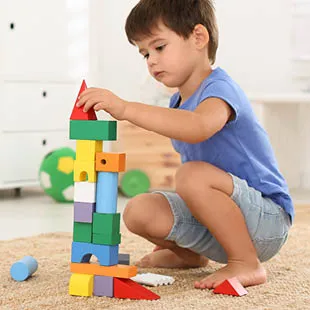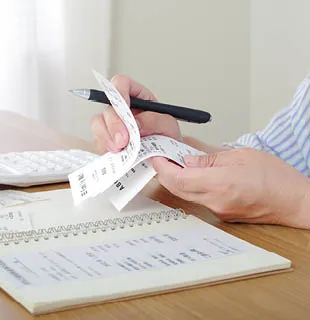Childhood is a time of crucial developmental steps
Childhood is an exciting time when children experience important developmental milestones. In the following categories, you will learn more about child development, school readiness and much more. The content provides you with suggestions to support children in this crucial phase between the ages of three and six as best as possible. Children at this age have a natural curiosity to discover the world around them. Every day, they gather new experiences by expanding their linguistic, motor, social, emotional, and mathematical skills. It's important to understand how these abilities interact and contribute to overall development. Accompany your child with joy and serenity on their journey of discovery. Take some time every day to create conscious moments of closeness and play together. Even brief times of togetherness positively impact children's development.




























